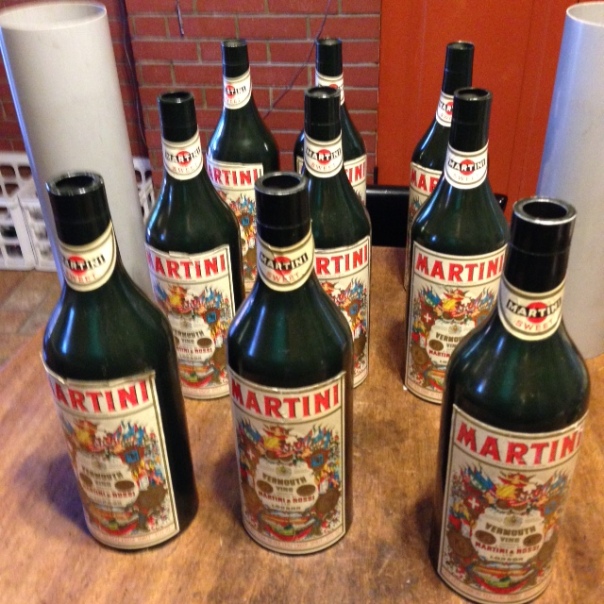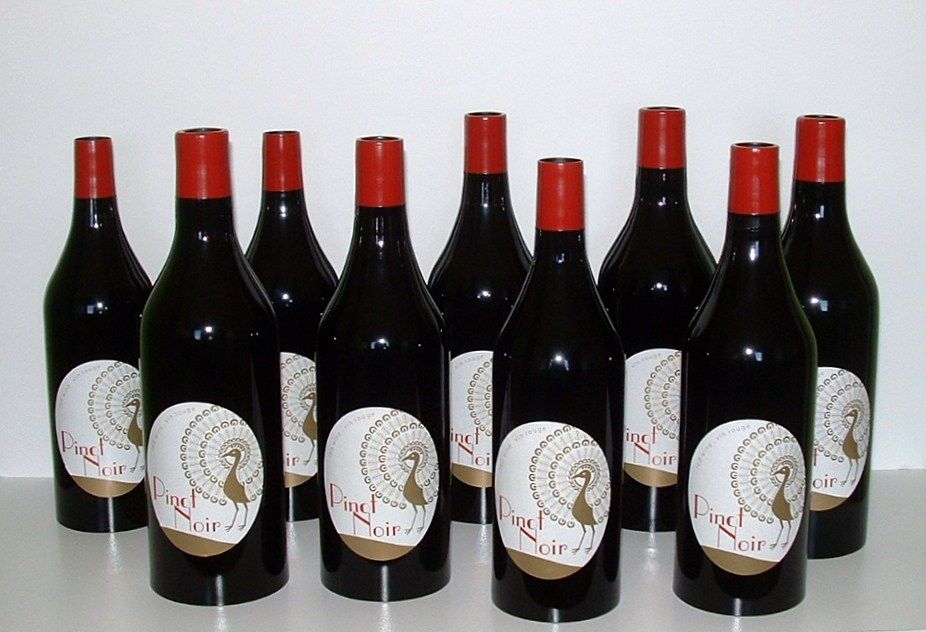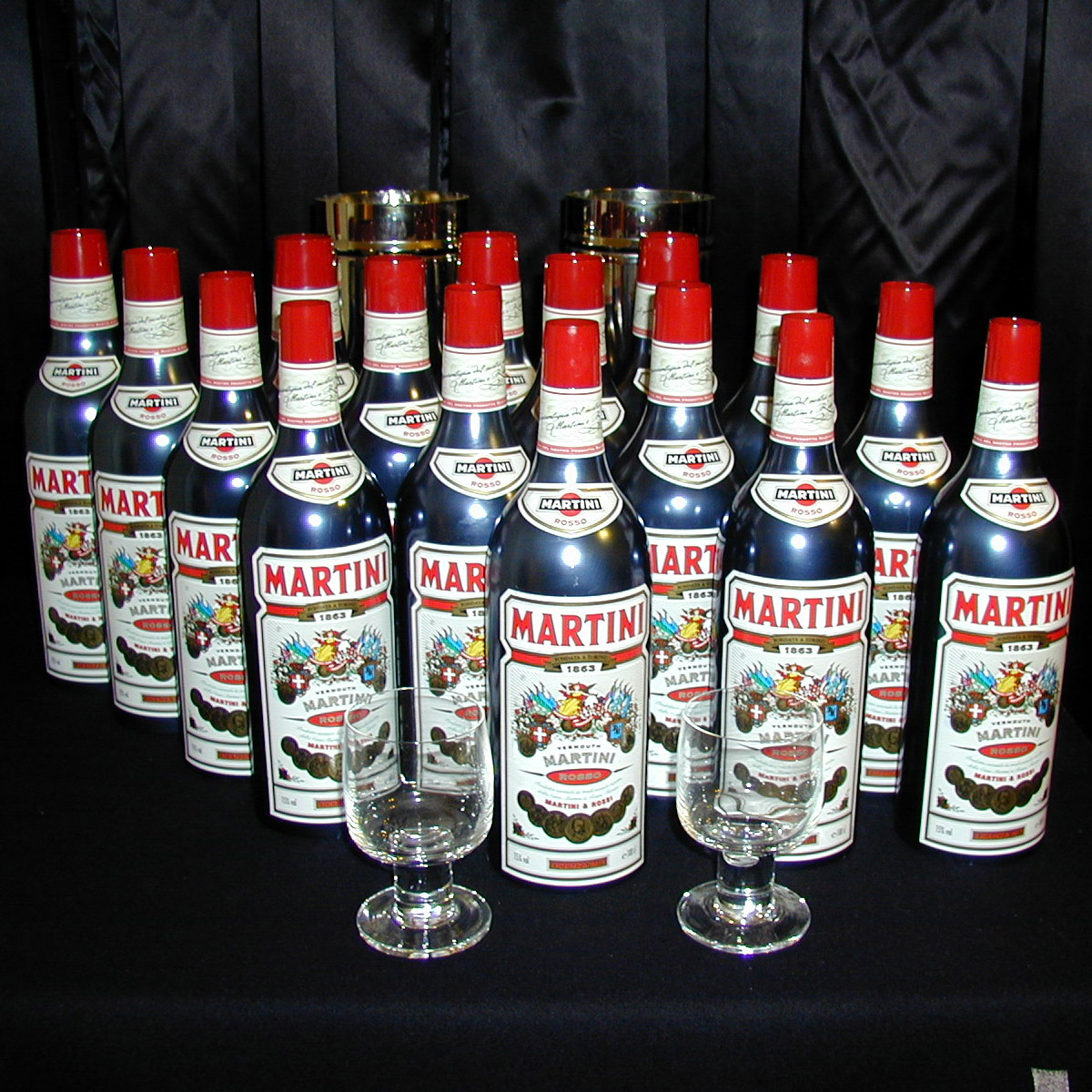One of the interesting things for me is to analyze my buying habits. As most of us, I went through the tedious process of being remote controlled by the dealers’ catalogues, the ads in the magazines and, of course, the internet and their online shops.
After being into magic actively for more than 35 years, many of my buying habits changed out of necessity for the better. I hope this little rambling will do for you the same. I focus only on getting the right props, as opposed to what are the really good and important sources of knowledge (which alone would cover some blog articles).
At some times in our career, we make a decision to add a certain routine to our performing repertoire. We are facing the acquisition of the necessary apparatus, which can be a real challenge and pain.
I will take the example of the multiplying bottles effect, because, right now, I do have a pupil (or a person willing to be instructed by me, if you want) and we decided to merge this effect into his active performing repertoire. He is already a professional, working gigs for money. No amateur business here.
Luckily, this effect has a long history in my experience. In 1982, when I was working in the ZZM (Zauberzentrale Munich), which sold the German edition of the whole Ken Brooke Series, I was exposed to Ken’s Multiplying Martini Bottles very early in my career. The advantage was that I was involved in translating the whole routine from English into German, which gave me an advantage in learning that beast.
Of course, the magic shop also listed bottle sets, and soon I saw myself demonstrating the multiplying bottles (and also the passe passe bottles) to potential customers. In that phase, I was able to actually ‚feel’ the Ken Brooke routine, despite the fact that my performances must have been a nightmare! In these youngster times, I felt‚ apparatus magic’ to be inferior. The real stuff (I thought) at these times were the clever sleight-of-hand moves …
In the course of the years, countless routines for the trick passed through my hands. I read dozens of ‚new’ ideas, presentations, concepts, and so on. Not only for the MP, but also for the PPB. Due to the fact that I was also working a lot of conventions, I was exposed to dozens of different brands and makes of bottle sets (although curiously only to two or three suitable tables to perform that trick on).
Now we faced the challenge of finding the proper bottle set, which is easier to do, if you have a couple of restrictions and precise requirements. This would determine of what is useful and what is not. We needed a real working performers set.
He came into the lessons, equipped already with that wonderful Hanada bottles from Japan! I was amazed about the quality and the workmanship. I was also amazed about the deceptiveness of these bottles on a close range – they do look like real whine bottles and there is nothing that compares to it on the market. Period.
But there are reasons, why we are not going to use this bottle set. The first reason is that exquisite whine bottles do not really fit his performance character. His stage character cries for beer, whiskey or more modern bottles. The other reason has to do with the specific routine I want to teach him: Ken Brooke’s routine. I don’t want to say that you cannot do Ken Brooke’s routine with these bottles (sure you can), but in our case (and considering the working conditions he is going to face) I had to look more in depth. Good thing is, he has now at least three sets for the passe passe bottle.
Ken Brooke devised his routine to be the closing routine for his cabaret/stage act. It had to be short, entertaining, flashy and spectacular. He spent months in figuring out the correct table plan/layout to put the bottles onto the table after the production. Not only to guarantee that all the bottles could be seen from almost all angles on the table (a requirement for modern performing conditions) but also to avoid that the spectators could notice the difference in size of the bottles. No need to reinvent the wheel here, I just wanted to follow what has been working perfectly for decades.
Ken Brooke even designed his own set of bottles, which are classics: The Multiplying Martini Bottles. These bottles were optimised for stability, durability and credibility. In the 60s and 70s nearly everybody was aware of Martini (although most of the people very rarely drank one). Ken Brooke’s choice was a wise one, because everybody would instantly recognise the brand and assume the aluminum shells on the performers table were the real thing. Add to that the fine workmanship of the Ken Brooke bottles and you have the ‚perfect’ set. A set that is intended to be performed in the conditions of a Cabaret of the 60s and 70s or on small platforms and stages–NOT close-up!

(Ken Brooke Bottles from Pop Haydn. Note how perspective helps to hide the smaller bottles in the rear. Distance of the labels to the bottom of the bottle is not optimal.)
The downside is that these bottles today are a collector’s item. Very hard to find them in good condition. If so, then the price usually is exorbitant.
So, first of all, I made a list of what requirements the bottles must meet:
They should look like realistic bottles and not plastic or metal tubes with a neck.
The bottle shape should be sort of squashy. The Ken Brooke routine demands a quick pace (it is only four or five minutes). The quick pace and rhythm is an essential part of the Ken Brooke routine and a challenge in the handling.
The Hanada Bottles are very nice, but due to the fact that they are exact copies of whine bottles, which are quite tall and have a smaller diameter, the COG (center of gravity) is much higher, which in turn makes them tumble a bit easier. The handling has to be much more careful and therefore slows down the Ken Brooke routine quite a bit. Likewise, the act of setting a bottle set inside a tube over the glass has to be done much more careful, due to the smaller inside diameter of the bottles.
The bottles I had in mind for my student are a bit larger in diameter and not that high, which makes for a slightly better COG.
It must be a set consisting of three nesting sets of three bottles each. Not only is Ken Brooke’s routine designed for that, but the difference in bottle size is not so easy to see. If you take a four (or even five) bottle set, you will see the small size of the last bottle set immediately.
Another detail is the rim at the opening of the bottle neck. Good bottle sets do have that (at least the two outer bottles). It not only makes the bottle look more real, but it is essential (at least in the Ken Brooke routine) in picking up the two outer bottles from a set of three inside the tube.
The Ken Brooke Bottles met all the above mentioned requirements in a perfect way. You can see a set here, which was ‚refurbished’. It was given a darker color of high glossy paint and the Martinis were converted into whine bottles. This set looks good on stage and has all the technical advantages of the Brooke bottles.

(Refurbished Ken Brooke bottles, picture taken from a blog entry in the magic cafe. Marvellous set. Note the proper distance of the labels to the bottom of the bottle.)

(A bottle set of martinsmagic.com which seems to be a worker. Maybe the COG could cause some trouble.)

(Reg Donnelly bottles which – in my opinion – are the next best thing to Ken Brooke’s Martinis. Note the proper distance of the labels to the bottom of the bottle.)

(Very interesting variation on the Reg Donnelly bottles. I like the different designs, but never tried how it would affect the routine.)
 1
1
(Bottles from India, from Uday, which look promising, if the labels would be changed into a recognizable whiskey brand and a neck decoration added.)
So in my buying decision, this is the list of questions to ask when I see a bottle set:
- Do the bottles look realistic (on distance)?
- Do they have a squashy design?
- Set of 3 x 3 bottles?
- Are they robust?
- Do the labels match the bottle shape?
- Do they have the rim at the opening?
- Can I redesign/replace the label if necessary?
Especially the last point is an important one. Many times there are sets offered with fantasy labels people don’t know. Cheaply (home printed) computer labels. Labels that never fit the type of bottle. Labels that are too long and almost reach the bottom of the bottle (especially the smallest of the set).
So here: the labels should be real ones, easily recognisable and fit the type of bottle. Luckily, it is very easy these days to have them properly designed and offset-printed in smaller amounts.
With this ‚shopping list’ in mind the selection of a suitable set will be much easier. A search in the internet will reveal not only the multitude of bottle sets in all different shapes, sizes, set configurations and designs, but also what NOT to buy.
Very soon you will see what set is OK and what to avoid. Making the decision by the price and going for the cheapest one is useless and you just throw your money out of the window. A good bottle set will last a lifetime, if you care for it. So did the Ken Brooke Martini Bottles.
The whole point with my system is this: I don’t go for the newest, most realistic, whatever they have, Rolls Royce of anything. I make my decision based on the important features that the prop must have, and which are dictated by effect, the performing conditions and the intended use of the prop in the effect.
I work with this system with every prop I buy, construct or acquire:
1. Set the conditions you will perform in.
2. Learn what the best methods/routines are available.
3. Find out the requirements for those.
4. Find the prop that meets the requirements.
5. Stick to this and forget all the other fancy stuff. Concentrate on working with the new found apparatus.
Hope this little essay will be helpful for you in finding/constructing your props.

